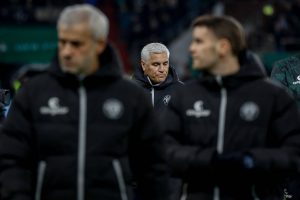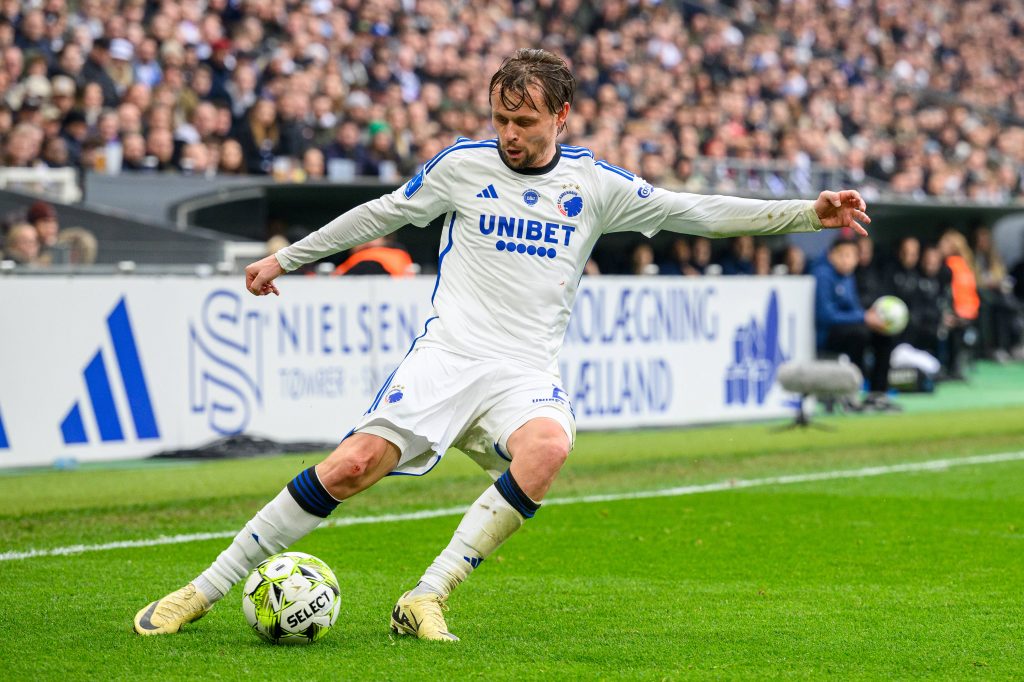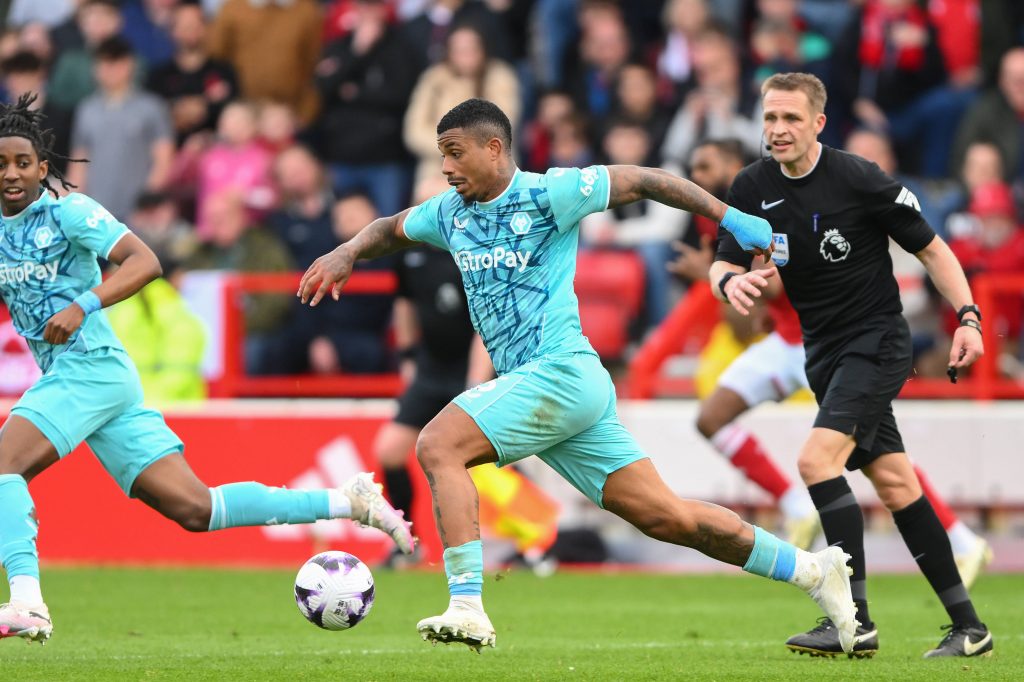Bergas Brillianto continues our Transfer Gurus series. This time it is Simon Rolfes, the former Bayer Leverkusen midfielder turned Sporting Director who oversaw an unbeaten Bundesliga season
There’s no such thing as luck when it comes to building a championship team, and Bayer Leverkusen’s dominant run to the Bundesliga title proves it. The team’s incredible unbeaten season is the culmination of years of careful and detailed planning by Sporting Director Simon Rolfes, starting with his appointment in December 2018.
While the arrival of Xabi Alonso in mid-2022 undoubtedly played a crucial role, the core of this championship-winning squad was assembled well before then, with key players arriving as early as summer 2019. This is a testament to Rolfes’ long-term vision and strategic acquisitions. Whatever some people in German football have suggested, to attribute Leverkusen’s success simply to the luck of a single transfer window would undermine the club’s commitment to, and success in, building a sustainable winning team.
Ex-Midfielders Usually Become Coaches, but Not Rolfes
Xabi Alonso’s success as a title-winning coach at Bayer Leverkusen adds another name to the list of midfield maestros turned managerial masterminds. He joins the likes of Carlo Ancelotti, Pep Guardiola, Zinedine Zidane, and Luis Enrique. Interestingly, Rolfes, who built this championship-winning side and also appointed Alonso, also has a midfield background. But unlike those names, Rolfes didn’t follow the established path.
After retiring from the game, the North Rhine-Westphalian native decided to become Academy Director at his former club. However, this spell was short-lived. After just five months, he was unexpectedly thrust into the role of Sporting Director in December 2018. Yes, Rolfes hasn’t been perfect since taking over the reins of recruitment – he’s had his share of misses. But his overall strategy has paid off spectacularly, culminating in Leverkusen’s historic first Bundesliga title.
Ingoing Transfer: Focus on Pre-Peak Age Players
When it comes to recruitment, Simon Rolfes focuses on players who are still below their prime. This is reflected in the average age of all of his new signings, which is only 22.8 years old. There are also a few players who have been signed before the age of 21. Edmond Tapsoba, Moussa Diaby, Jeremie Frimpong, Piero Hincapie, Florian Wirtz, and Odilon Kossounou are examples of this.

Wirtz is an extreme example because he was only 16 when he signed for Leverkusen. After acquiring him, according to Rolfes himself, they put Wirtz straight into first-team training. But this clear development path paid, and we can see how important Wirtz has been to Leverkusen, with 18 goals and provided 20 assists in all competitions last season.
Indeed, potential is one of the key aspects of Rolfes’ recruitment. And as Rolfes mentioned in an interview with Die Zeit, Leverkusen begin tracking the players they want to sign early. Rolfes said that Leverkusen knew what a player was like when he was 15 or 17. So it makes sense that Leverkusen ended up signing them so early.
And it works. Players like Hincapie, Tapsoba, Wirtz, Frimpong, Kossounou and Adam Hlozek are part of an unbeaten team and are still in their early 20s. They are yet to reach their prime. If Leverkusen can keep these players for even longer, it’s not impossible that they can continue their success in the future.
But history has also shown that Leverkusen are not afraid to sell players who are still in their prime, or even at the pre-peak, if the right offer comes along, especially if the offer comes from the Premier League or a big Bundesliga club such as Borussia Dortmund or Bayern Munich and the finances make sense. The transfers of Julian Brandt, Kai Havertz, Leon Bailey and Moussa Diaby are examples of this – these talented, pre-peak players were sold before they were even 25.
And Rolfes has also not been afraid to allow marquee players over the age of 27, such as Karem Demirbay, Kevin Volland, Wendell, Mitchell Weiser, and Charles Aranguiz, to leave the club, even though they were important players in some seasons and were not bought on the cheap.
This is born out by the data: if we look at the average age of Leverkusen’s outgoing transfers, the figure is 24.7–older than the average age of incoming transfers.
This strategy keeps the pipeline flowing, allows for reinvestment, and means that Leverkusen do not need to try to compete outside their current financial bracket.

Scouting the South American Market
When, in the middle of last season, I asked Rolfes about Leverkusen’s recruitment success, he was quick to point out that it wasn’t just him, but a team effort. That team includes Leverkusen’s extensive scouting network, particularly in South America, a region Rolfes favours for scouting young talent. It’s no surprise, then, that he has put together a dedicated scouting team for this market. During his tenure, Rolfes has signed four players directly from the region.
The interesting part? None of them were over the age of 22. Take Piero Hincapie, for example. Signed from Argentinian club CA Talleres at the age of 19, he had made just 22 appearances for the club. It might have seemed a bit of a gamble, especially given the hefty price tag of over €6 million. But last season Hincapie proved to be another gem unearthed by Rolfes. In Alonso’s system, he excelled as a left-sided centre-back, showing his ability to carry the ball and get forward in the build-up.
Exequiel Palacios is another star discovered by Rolfes and his South American scouts. The Argentinian midfielder was just 21 when Leverkusen signed him. He had already shown his potential at River Plate, and his move to the Bundesliga has seen him mature into a well-rounded midfielder. Palacios became an integral part of Alonso’s system, acting as the perfect foil to Granit Xhaka. Last season, no Bundesliga midfielder with at least 15 starts had a better passing accuracy than Palacios, showing the importance of his ability to maintain possession in Alonso’s system.

Finding Talent Means Not Only Finding Players, but Also Coaches
While Rolfes’ talent extends beyond the players, his initial appointment of Gerardo Seoane proved to be a misstep. However, he redeemed himself by selecting Xabi Alonso as Seoane’s replacement. At the time, Alonso had no experience of managing a professional club, with only a stint with Real Sociedad’s youth team on his CV.
But as Rolfes revealed in an interview with Die Zeit, Alonso had long been on their radar. Xabi’s style at Real Sociedad B was a perfect match for Rolfes’ vision of how Leverkusen should play. After their talks, Rolfes felt it was a perfect fit. And he was right. The appointment brought Leverkusen success and widespread praise, not only for their results but also for their style of play. Under Alonso, Leverkusen developed a clear identity and became a dominant and exciting team to watch in Europe.
Rolfes’ gamble on the young, inexperienced Alonso paid off, as evidenced by the trophies they have won together, as well as Alonso’s ability to work with the youthful core assembled by Rolfes. The shift reflects a trend across Europe, where clubs are increasingly favouring fresh ideas and youthful coaches over established names. As a result, the role of the sporting director has become increasingly important. They are responsible for defining the team’s style of play (in general) and identifying coaches who can implement that vision; the job is no longer only about finding and buying players.
Adaptability with the Coach: Building Team For Alonso
Speaking of building the team, it’s impossible to separate recruitment from Alonso’s influence. When I asked Rolfes specifically about Leverkusen’s transfers since Alonso’s arrival, he insisted that the signings all fit a specific profile: players who could make Leverkusen more dominant in possession. In doing so, Rolfes deviated from his usual approach to the transfer market.
This shift in transfer strategy is obvious. If the average age of Rolfes’ incoming transfers from the 2019/20 season to the 2022/23 season was 21.6 years, the average age of Leverkusen’s ingoing transfers and loaned in the 2023/24 season – Alonso’s first full season – jumped to 25.9 years. In that window, they brought in experienced players such as Granit Xhaka and Jonas Hofmann, who were 30 at the time, and Alejandro Grimaldo, who was 27 when he signed for Leverkusen.
Indeed, Xhaka has become one of Alonso’s key players – no outfield player has played more minutes for Leverkusen and no one has made more progressive passes than the former Arsenal man. With Xhaka in midfield, Alonso has been able to play his style of football to perfection. Leverkusen dominated possession with their short passes and off-the-ball movement, which required intelligent passers like Xhaka.
Grimaldo was another shining star of Leverkusen’s unbeaten season. Scouted since 2019, with Rolfes himself flying to Lisbon to watch him play, the Spaniard arrived on a free transfer and scored an impressive 10 goals and provided 13 assists in the Bundesliga last season. In Alonso’s system, Grimaldo has flourished as a full-back, providing width and a threat in the box with his diagonal runs from the flank to the centre.
The signings transformed Leverkusen’s dominance on the pitch. The team had the highest average possession (61.8%) in the league and controlled the flow of the game. That control translated into the fewest shots faced (8.56 per 90 min) and the lowest expected goals against (29.9). As a result, they conceded just 24 goals in 34 matches, a testament to their defensive solidity.
Marrying these more experienced imports, picked especially for their ability to realise Alonso’s approach, with the young core scouted and signed as teenagers or in their very early 20s, paid off handsomely as Leverkusen had the best season in their history.

Will the “Leverkusen Way” Be Success Again This Season?
Rolfes has shown himself to be a visionary, incisive, yet flexible sporting director. The first two aspects have been proven by the way he has been able to find talent with the dedication to follow the development of players from a young age with a dedicated scouting team around the world, especially in South America. But his commitment goes beyond finding raw talent. He has established three core principles for recruitment: creating the right atmosphere, developing the next generation, and ensuring performance.
These principles ensure that new signings fit seamlessly into Leverkusen’s vision. “Atmosphere” focuses on personality and behaviour. They look for players who foster a stable and harmonious dressing room. Take Robert Andrich, for example. He wasn’t brought in just for his midfield skills. According to Rolfes, his discipline and unique mentality were key factors. Andrich’s rise from the lower leagues to the Bundesliga speaks volumes about his work ethic, which fits perfectly with Leverkusen’s values.
Development means finding players who are on the verge of breaking through. It’s not just about raw talent, it’s about identifying the right fit to nurture and shape. Rolfes prioritises the integration of young players into the first team, ensuring they’re prepared for the challenges that lie ahead. This approach is evident in the likes of Wirtz, Havertz, and Diaby, all of whom arrived young and flourished under Leverkusen’s development system.
“Performance” boils down to identifying players who can deliver what Leverkusen needs on the pitch. Hincapie and Frimpong are prime examples from the younger bracket. When they were scouted, Rolfes’ team saw their potential to reach the next level. The data and video of the players shows that they have something that Leverkusen needed. Now, despite their young age, they’re key players who thrive in Alonso’s system, which demands intelligent footballers. And bringing in players like Grimaldo and Xhaka from the older bracket surrounds this youth with experience, ability, and specific skillsets required for Alonso’s game model.
Rolfes’ flexibility is what sets him apart. He doesn’t rigidly follow blueprints, he listens to the coach. We saw this when he brought in experienced players – a departure from his usual focus on youth – to support and improve Alonso’s tactical style and its application. So this summer will be a test for Leverkusen. Stars like Tah and Wirtz are attracting interest from big clubs. Who will replace them? Expect Rolfes to enter the market armed with both his vision for new talent and Alonso’s specific requirements. After all, Leverkusen will be looking to build on last season’s success.
Header image: IMAGO / Sven Simon













